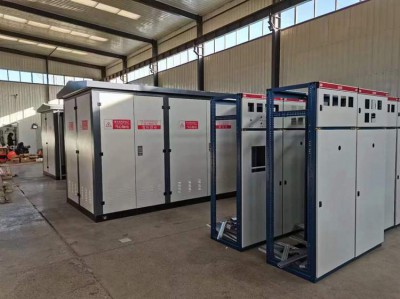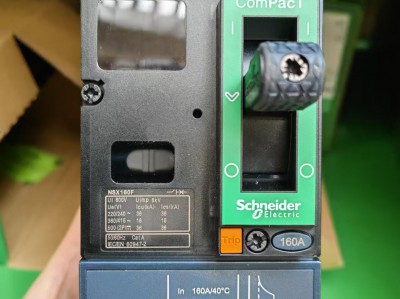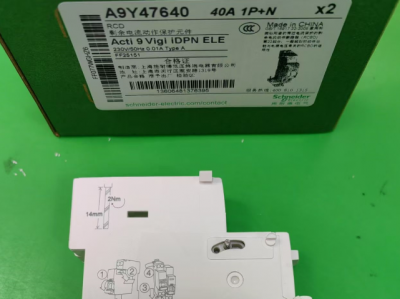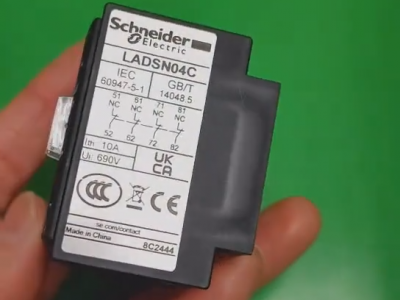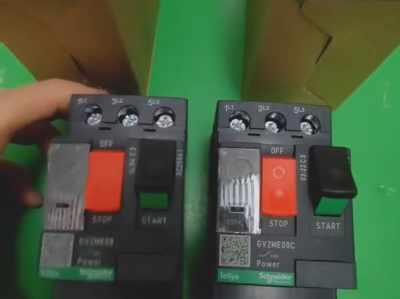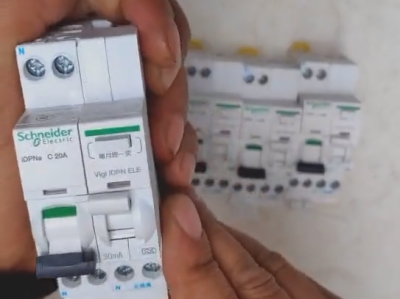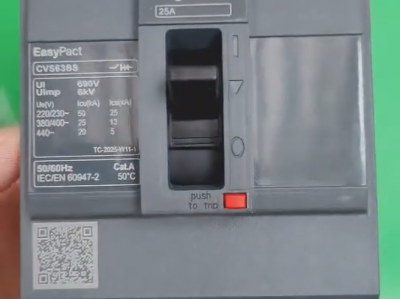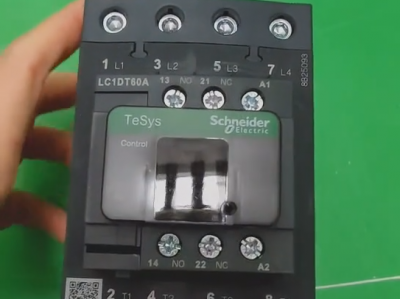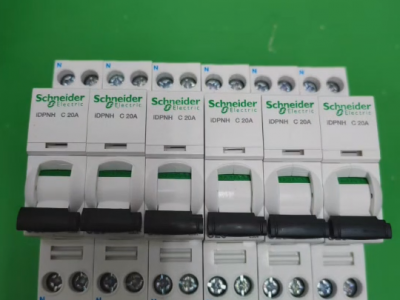Chint JS11S Series Time Relay
Product description
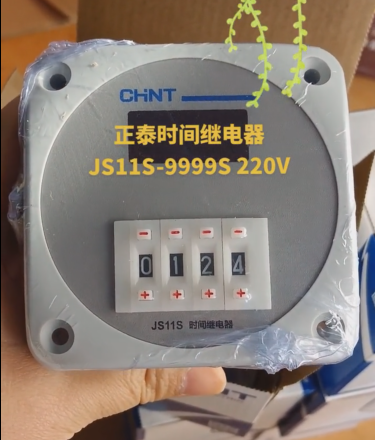
The Chint JS11S Series Time Relay is an **energization-delay type device** suitable for industrial automation control. It supports a wide range of power supply voltages and multi-gear delay settings, and is widely used in scenarios such as motor protection and timed start-stop of equipment. The following is a detailed explanation of its core information:
I. Product Features and Technical Parameters
1. Power Supply Compatibility
CHINT JSS48A-2Z AC220V Time Relay
It supports dual power input of Alternating Current (AC) and Direct Current (DC), with specific voltage ranges including:
- AC: 24V~48V, 100V~240V, 220V, 380V (50Hz)
- DC: 24V~48V, 100V~240V
The allowable voltage fluctuation range is 85%~110% of the rated value, enabling it to adapt to complex industrial environments.
2. Delay Accuracy and Range
Time Coverage
The delay range spans from 0.01 seconds to 99 hours and 59 minutes, with different models corresponding to different gears. For example:
- JS11S-05/M: 99.9s / 999s
- JS11S-A: 0.01s ~ 99.99s
- JS11S-99h99min: 1min ~ 99h59min
Accuracy
- When the delay time is more than 1 second, the error is ≤1%.
- When the delay time is less than 1 second, the error is ≤50ms.
3. Contact and Load Capacity
Contact Type
- 3 sets of Normally Open (NO) + 3 sets of Normally Closed (NC) contacts.
- Some models are configured with 2NO+2NC or 1NO+1NC contacts.
Contact Capacity
- AC-15: 240V/0.75A
- DC-13: 220V/0.27A
- Conventional heating current: 5A
Service Life
- Mechanical life: ≥1×10⁶ operations
- Electrical life: ≥1×10⁵ operations
4. Environmental Adaptability
- Operating temperature: -5℃~40℃
- Humidity: ≤50% (at 40℃)
- Protection class: IP40 (operation surface), capable of resisting dust and solid foreign objects.
II. Installation and Wiring Guide
1. Panel Mounting
- Mounting hole size: 46mm×77mm; supporting mounting clips are required for fixation.
- Terminal layout:
- **Power Terminals**: Connect to AC/DC control voltage (pay attention to polarity distinction).
- **Reset/Pause Terminals**: Do not apply external voltage; used to interrupt or reset the delay counting.
- **Contact Output Terminals**: Connect to controlled equipment (e.g., contactors, solenoid valves).
2. Wiring Precautions
- Signal input wires should be kept away from high-voltage lines. Shielded wires should be used if necessary to reduce interference.
- Different models (e.g., JS11S-A) may have different wiring methods; refer to the corresponding wiring diagram.
III. Typical Application Scenarios
1. Industrial Automation
- Control delayed shutdown of motors after startup, or delayed alarm after equipment failure.
- Control the rhythm of workpiece conveying in production lines, such as intermittent operation of conveyors.
2. Energy and HVAC Systems
- Delayed start protection for air conditioning units to prevent compressor damage caused by frequent start-stop cycles.
- Delayed buffering during backup power switching to ensure stable system transition.
3. Lighting and Security
- Timed switching of public area lighting, combined with photosensitive sensors to achieve intelligent control.
- Delayed arming/disarming of security equipment to improve system flexibility.
IV. Common Issues and Solutions
1. Equipment Not Working
Troubleshooting Steps
- Check if the power supply voltage is normal (measure terminals 1-2 with a multimeter), if wiring is loose, and if the reset terminal is incorrectly connected to voltage.
Typical Case
If the display screen shows no information, the issue may be reversed power polarity (for DC models) or a blown fuse.
2. Inaccurate Delay
Cause Analysis
Excessively high ambient temperature (exceeding 40℃), excessive power supply ripple, or incorrect delay gear setting.
Solution
Adjust the gear to an appropriate range, ensure stable power supply, and install a filter if necessary.
3. Contact Welding or Burning
Preventive Measures
Avoid long-term overload operation; connect surge absorbers (e.g., RC resistance-capacitance circuits) in parallel for inductive loads.
Maintenance Recommendations
Regularly clean the contact surface and use a multimeter to check for abnormal contact resistance.
V. Model Selection and Alternative Solutions
1. Model Selection Recommendations
- **Voltage Matching**: Select the corresponding AC/DC voltage specification (e.g., AC220V, DC24V) based on the control circuit.
- **Delay Range**: Prioritize the smallest gear that covers the required time to improve accuracy.
- **Function Expansion**: For multi-gear delay or memory functions, consider the JS11S-A model.
2. Reference for Alternative Models
Domestic Alternatives
- People Electric JS11J (JSS14)
- Delixi JS11SD
(These models are parameter-compatible with JS11S.)
International Brands
- Omron H3CR-F
- Siemens 3RP15 Series
(Note the interface size and voltage compatibility.)
VI. Considerations for the U.S. Market
1. Certification and Compliance
- Current search results do not clearly indicate that the JS11S has obtained UL certification. U.S. users need to purchase it through cross-border e-commerce platforms or industrial equipment distributors.
- For safety-critical scenarios, it is recommended to select models that comply with the UL 60947-5-1 standard (e.g., Delixi JS11SD).
2. Voltage Adaptation
- The commonly used power supply in North America is 120V/60Hz; confirm whether the selected model supports this specification (e.g., JS11S-99P9S127LX supports AC127V).
- If a step-down transformer is used, ensure the power margin is ≥1.5 times the relay power consumption (≤3VA).
Summary
With its wide voltage compatibility, high-precision delay, and high reliability, the Chint JS11S Time Relay has become a mainstream choice in the industrial control field. Users should select the model based on specific application scenarios and pay attention to power supply adaptation and installation specifications. For the U.S. market, it is recommended to first confirm the certification status or consider alternative brands to ensure system compliance.

